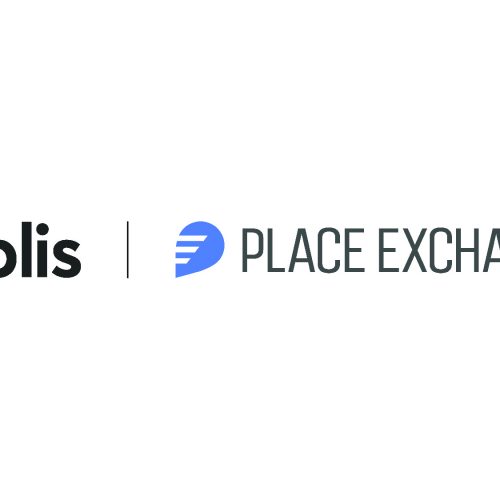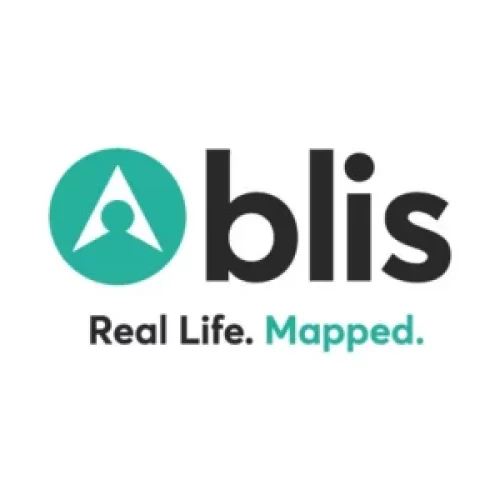Headlines have long proclaimed that we’re suffering through the retail apocalypse. While this makes for great clickbait, physical retail is actually still alive and well. With Amazon.com’s acquisition of Whole Foods, Target’s creation of small-format stores, and Vistaprint opening its first brick-and-mortar store after 20 of business, we’re simply experiencing a retail renaissance. This transformation still requires retailers to drive consumers in-store. Even if in-store is no longer the last step in the customer journey to purchase, it’s still a very important touchpoint. Enter location marketing.
Location technology can be a powerful tool in retailers’ arsenal. According to WBR, which recently looked at retailers’ digital-to-physical strategies, using a location strategy significantly lifts in-store traffic numbers and also helps convert customers. With 70 percent of retailers reporting a positive outlook on their location strategy performance, the future is ripe for marketers to optimize on location-based strategies.
However, when retailers are compiling their location marketing plans, they must be sure to consider relevancy across the board in their customer communications. Impactful brand marketing is no longer just about reaching the right person at the right time, but also the right place. The content of the message must be tailored to address all three aspects to make sure that the consumer will be receptive to the messaging being presented to them. Serving a video ad to a consumer who is on the move won’t get the results the brand was hoping for as the recipient simply won’t be able to pay attention to a long form message. Whereas brands serving that video while the consumer is connected to Wi-Fi at home with a higher speed connection, watching TV and absently minded scrolling through social media or playing on an app are more likely to see a better return on investment. That doesn’t mean brands need to only serve ads while consumers are at home! Brands can use location insights to ping consumers with offers when they’re near certain locations, making it more likely for them to come in-store. However, those ads need to be short form — e.g., a banner ads — so that the viewer can consume them quickly and understand the message.
Location also allows retailers to go beyond generalized understandings of consumer behavior and develop quality, personalized experiences. With location data, brands can understand when best to serve content as well as what would resonate based on previous behavior. For instance, a device owner approximately aged 30-40 seen at a high school from 7 a.m. to 3 p.m. every weekday will probably be interested in teacher-related content such as back-to-school deals or teacher appreciation offers. Serving that kind of content is perceived as more genuine and also can be potentially helpful to the consumer, strengthening the relationship.
For brands that are struggling with location marketing — and there are quite a few, as the WBR research found that 70 percent rate their performance as merely adequate, in need of improvement, or poor — they should take another look at the strategies they’re using and the resources they’re investing. According to the WBR report, nearly half of retailers (46 percent) have either fewer than 10 or zero-person teams dedicated to in-store localization efforts, and 57 percent of retailers have no documented plan. Therefore, location marketing isn’t working for them. They aren’t putting in the effort to see the real results that location insights can bring. Most retailers that are investing money and man power behind location tactics are finding success. In fact, they report a greater lift in footfall traffic and a higher customer conversion rate.
By following these strategies of targeting the right person with the right content in the right place, allocating marketing resources and having a plan, brands will see a huge difference in their in-store traffic. There’s no need to sound the alarm bells. Retail isn’t dead, it’s simply evolving. And in that transformation, location marketing is vital for retailers to drive traffic in-store — and pad bottom lines.
Click here to read the original article.


